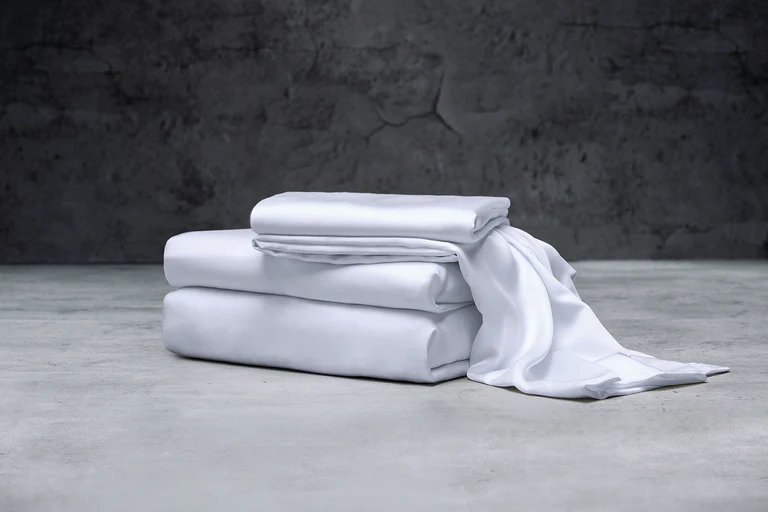Here are some general trends and developments in Middle Eastern hotel bed linen:
- Luxury and Comfort: Middle Eastern hotels often prioritize luxury and comfort in their bed linen offerings. There is a growing emphasis on high-quality materials, such as Egyptian cotton, satin, or silk, which provide a luxurious and indulgent sleeping experience for guests.
- Traditional Middle Eastern Designs: Some hotels in the Middle East incorporate traditional Middle Eastern design elements into their bed linen, including intricate patterns, motifs, or embroidery. These designs add a touch of cultural richness and authenticity to the guest experience.
- Sustainability: Increasingly, hotels in the Middle East are focusing on sustainability and environmentally friendly practices. This extends to their bed linen choices, with a preference for organic or sustainable materials, eco-friendly dyes, and production methods that minimize waste and energy consumption.
- Technology Integration: With the rise of smart hotel concepts, Middle Eastern hotels may incorporate technology into their bed linen offerings. This can include features like integrated sensors for temperature and moisture regulation, or even smart fabrics that can monitor guest comfort levels.
- Hypoallergenic and Anti-microbial Fabrics: Middle Eastern hotels may prioritize bed linen made from hypoallergenic and anti-microbial fabrics. These fabrics offer enhanced hygiene, reducing the presence of allergens, dust mites, and microbial growth, which can be particularly important for guests with sensitivities.
- Customization and Personalization: Some hotels are offering personalized bed linen options to provide a unique and tailored guest experience. This can involve monogramming or embroidering guests’ initials or names on the linens or providing a selection of pillow options with varying firmness levels.
- Easy Maintenance and Durability: Hotels in the Middle East often seek bed linen that is easy to maintain and durable, capable of withstanding frequent laundering and maintaining its quality over time. This can involve selecting fabrics that are stain-resistant, wrinkle-resistant, or have enhanced longevity.
- Collaborations with Local Designers: To infuse a sense of local identity and support local artisans, Middle Eastern hotels may collaborate with local designers or textile manufacturers to create bespoke bed linen collections. These collaborations can showcase traditional craftsmanship or contemporary interpretations of regional designs.
It’s important to note that trends and developments in the hospitality industry are continually evolving. For the most accurate and up-to-date information on the specific trends of Middle Eastern hotel bed linen, it would be beneficial to consult industry reports, trade publications, or reach out to hospitality suppliers and professionals in the region.
